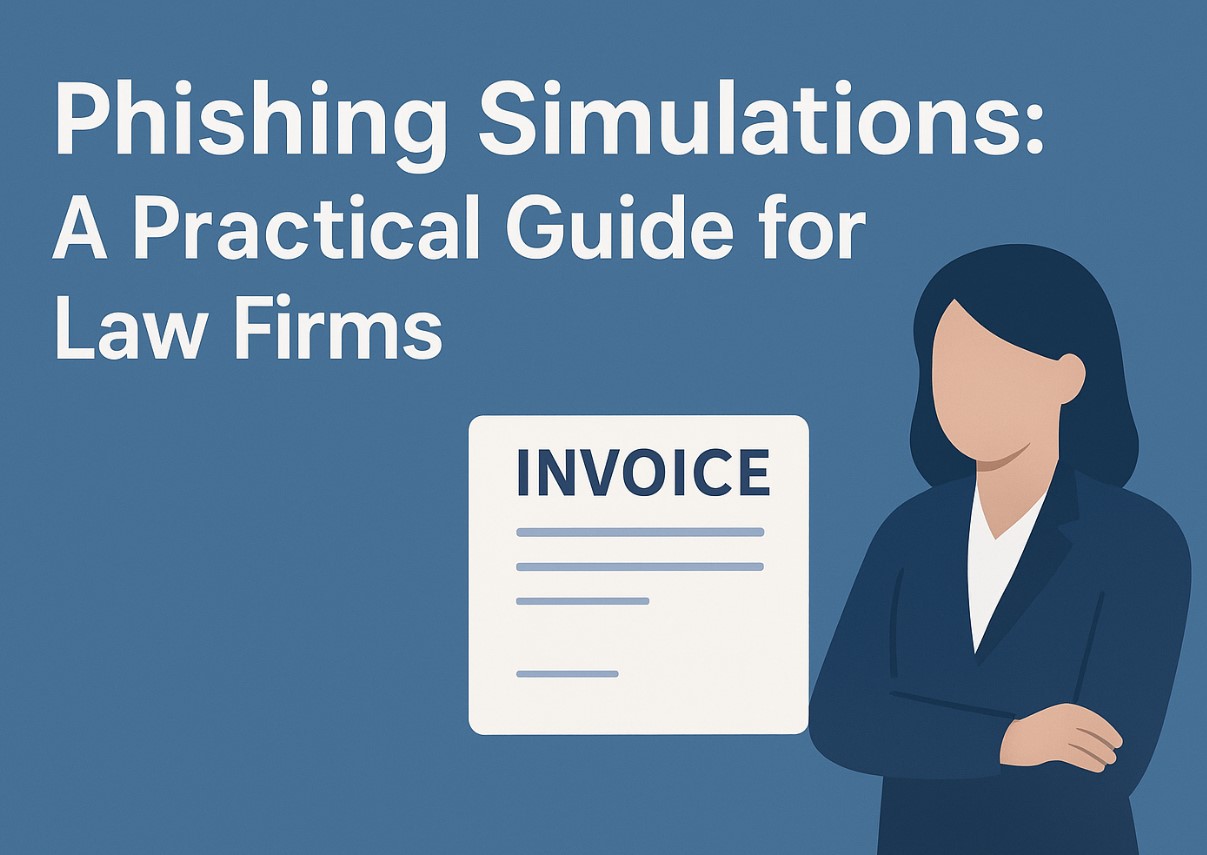
Phishing Simulations: A Practical Guide for Law Firms

Law firms sit at the intersection of trust, urgency, and privilege — all of which attackers exploit. This guide translates that reality into an actionable playbook: one that builds lasting resilience through realistic, respectful phishing simulations.
Executive Summary
- Law firms are targeted because email moves money, privilege, and reputation.
- Annual training isn’t enough; run rolling, risk-based phishing simulations with clear governance, metrics, and culture-first communication.
- Start small: 90-day pilot → calibrate baseline → expand firm-wide with role-based difficulty.
- Measure three tiers: user behavior (reporting, click, data entry), exposure time (time-to-report, time-to-remediate), and business outcomes (prevented loss, incident rate).
- Bake simulations into matter intake, vendor onboarding, and finance workflows so defense is continuous—not episodic.
- Keep it ethical: informed consent framework, harmless payloads, and a no-shame policy that protects psychological safety and privilege.
Why This Guide (and Who It’s For)
This is a hands-on playbook for Managing Partners, CISOs, IT Directors, Risk & Compliance teams, and Practice Group Leaders who need a practical, firm-ready phishing simulation program. It focuses on the law-specific reality: privileged communications, client confidentiality, strict deadlines, and high-value wire transactions—where a single misstep can cascade into ethics issues and reputational harm.
Part I — The Law-Firm Threat Model
1) What makes firms uniquely attractive targets
- Money movement by email: trust-based approvals, escrow/wire changes, invoice release, settlement disbursements.
- Privilege & confidentiality: case strategy, due diligence materials, deal docs, insider info.
- Decentralized decision rights: partners, counsel, and admins operate with high autonomy.
- Client-driven urgency: opposing counsel deadlines and court clocks pressure rushed decisions.
2) Common attack paths mapped to legal workflows
- BEC/Wire fraud: spoofed client or opposing counsel alters payment instructions.
- Vendor impersonation: fake e-discovery or court-filing notices with credential harvest pages.
- Matter intake pressure: “new client” phishing leveraging conflict checks and engagement letters.
- Privilege piercing: malicious links that pivot to browser-based credential theft.
3) Simulation implications
- Focus on role-authentic lures (finance, intake, litigation support), not generic “prize emails”.
- Guardrails to avoid panic: use benign, red-team-style payloads that can’t trigger real transactions.
Part II — Governance Before Tactics
4) Define program charter
- Purpose: reduce business risk from email-borne social engineering.
- Scope: all staff, attorneys, partners, contractors, and high-risk vendors with firm-issued accounts.
- Principles: no-shame culture; learning over blame; privacy by design; minimal disruption.
5) RACI for a mid-size firm (example)
- Responsible: Security Awareness Lead (program ops), IT Sec Engineer (technical setup).
- Accountable: CISO / Director of IT Security.
- Consulted: GC/Risk, HR, Finance, Practice Ops, DEI lead (to maintain psychological safety).
- Informed: Partners Committee, Office Admins, Client Relationship Directors.
6) Policy addendum (attach to your Information Security Policy)
- Informed consent: employees acknowledge periodic simulations that never carry harmful payloads.
- Data handling: training data is used for coaching, not discipline; individual results restricted to awareness teams and HR for support, not punitive action.
- Exception handling: pause simulations during live incident response, peak trial days, or critical closings.
Part III — Program Design: 90‑Day Pilot → Firm‑Wide Rollout
7) Phase 0 — Readiness & baselines (Weeks 0–2)
- Collect context: email platforms, secure email gateways, link‑rewriting, browser isolation, SSO/MFA status.
- Baseline metrics: historical phishing incident counts, average time‑to‑report (TTR), past training results.
- Audience segmentation: Partners, Finance/AP, Litigation Support, Intake/BD, Assistants, IT/Admin.
- Define safe windows: blackout periods per practice group calendars.
8) Phase 1 — Pilot (Weeks 3–6)
- Cohort: 15–20% of the firm across roles/offices.
- Cadence: 1–2 simulations/week, varied difficulty.
- Measure: click rate, data‑entry rate, attachment‑open rate, median TTR (to security inbox or report button).
- Coaching: instant, friendly just‑in‑time micro‑lessons after interactions; optional 2‑minute “what to look for” clip.
9) Phase 2 — Expand & calibrate (Weeks 7–10)
- Scale: 50–60% coverage; introduce role‑based branching (different lures by function).
- Introduce “near‑miss” tracking: when users hover over links or reply to verify—count as positive behavior.
- Tabletop: run one tabletop focused on wire‑fraud escalation with Finance, Partner sponsor, and GC.
10) Phase 3 — Operationalize (Weeks 11–13)
- Firm‑wide rotation: monthly waves with randomization.
- Difficulty ladder: Level 1 (obvious), Level 2 (credible), Level 3 (spear‑phish realism). Promote/demote difficulty per user performance.
- Embed MBOs/KPIs: reporting‑rate targets for teams; included in quarterly risk review.
Part IV — Content Strategy Without the Gimmicks
11) Lure families mapped to legal work (examples)
Use these as templates; customize names, matters, and timelines. Keep payloads harmless.
- Wire confirmation drift – “Updated escrow instructions for [Matter: Apex v. North].”
- Court notice mimic – “E‑Service failure: Action Required by 5:00 PM.” (Links to benign training page.)
- Client portal invite – “Diligence room access granted – [Acquisition: Orion–Helix].”
- Vendor invoice delta – “Revised e‑discovery storage fees for July.”
- New‑client intake – “Potential conflict: former subsidiary relationship disclosure.”
- Partner delegation – “Please sign an engagement letter for expedited filing.”
- Travel/admin – “Conference badge photo missing: ABA Litigation Section.”
- Benefits/HR – “Open enrollment correction for HSA contributions.”
12) Progressive difficulty knobs
- Sender reputation (SPF/DKIM lookalike), tone (urgent vs. neutral), link domain similarity, reply‑to divergence, calendar pressure, and personalization depth (matter names, client initials).
13) Safety rails
- Benign destinations with education micro‑pages.
- No attachments that could resemble malware; use PDFs that render a training message.
- Clear opt‑out path for individuals under unusual stress (trial week, medical leave).
Part V — Metrics That Actually Move Risk
14) Leading indicators (user behavior)
- Report Rate (RR): percentage who reported the phish on first view.
- First‑Click Rate (FCR): percentage who clicked at least once.
- Data‑Entry Rate (DER): users who typed any credential/payment info on the landing page.
- Hover Rate (HR): users hovering/viewing link previews without clicking (proxy for caution).
15) Lagging indicators (operations)
- Median Time‑to‑Report (TTR): minutes from delivery to first user report.
- Time‑to‑Contain (TTC): minutes from first report to firm‑wide quarantine.
- False Positive Rate (FPR): user‑reported benign emails; use to tune coaching.
16) Business outcomes (risk)
- Prevented wire‑fraud attempts (from real incidents with user reporting).
- Incident count trend (security tickets tagged phishing).
- Exposure hours avoided (quicker TTR → fewer users exposed before quarantine).
17) Benchmarks (create your own, not global)
- Establish firm baselines in the first 60–90 days; compare teams to their past selves, not to Internet averages. Reward improvement (delta), not absolute numbers.
Part VI — Coaching That Builds Culture
18) No‑shame communications
- Replace “gotcha” language with curiosity: “What tipped you off?”
- Celebrate reports publicly: monthly kudos to top reporters; highlight “near‑miss” saves.
- Keep results confidential; managers see team‑level trends, not individual call‑outs.
19) Micro‑lessons that respect billable time
- <60‑second reads embedded in the landing page.
- 90‑second video clips for high‑risk roles (AP, partners, assistants).
- Quarterly 15‑minute refreshers keyed to the firm’s current incidents.
20) Role‑specific enablement
- Partners: wire/change‑of‑payee verification ritual; don’t approve by email alone.
- Assistants: calendar pressure resilience; verify with known channels.
- Finance/AP: out‑of‑band callbacks; whitelist known beneficiary profiles; dual control.
- Intake/BD: validate new inquiries; use secure portals for document exchange.
Part VII — Legal & Ethical Considerations (Practical)
21) Consent & transparency
- Inform employees that simulations occur periodically, are harmless, and meant for learning.
- Provide a single, easy Report Phish mechanism and a visible security contact.
22) Privacy & data minimization
- Collect the minimum personal data necessary for training outcomes.
- Retain per‑user data only as long as needed for individualized coaching; aggregate after 12 months.
23) Psychological safety
- Avoid sensitive topics (disciplinary, pay cuts, medical scares).
- Offer a private feedback channel; allow flagging of distressing content.
24) Client and regulator expectations
- Document the program in your Information Security Program and client RFPs.
- Be prepared to show cadence, metrics, and improvement to auditors and clients.
Part VIII — Integrations & Process Hooks
25) Make simulations part of business rhythm
- Matter intake: trigger a light‑touch coaching email after new‑client onboarding to reinforce portal use.
- Vendor onboarding: verify domain and bank details in a system of record; simulate vendor‑change lures quarterly.
- Change management: any SSO/email platform change should include a focused simulation wave to inoculate against transition scams.
26) Technical stack checklist (agnostic)
- Central report button with automated triage to a security mailbox.
- Email security that supports API‑level quarantine on user reports.
- Landing‑page system for safe educational redirects and real‑time metrics.
- Ticketing integration (e.g., auto‑create incidents with tags for analytics).
Part IX — Maturity Model & Roadmap (12 Months)
Level 1 — Foundational (Months 0–3)
- Monthly single‑template simulations across the firm; basic metrics (RR, FCR, TTR).
- One tabletop on wire‑fraud response.
Level 2 — Advanced (Months 4–8)
- Role‑based branching, three difficulty levels, real‑time coaching.
- Integrations to quarantine on first report; SLA on TTC.
Level 3 — Optimized (Months 9–12)
- Adaptive difficulty per user; near‑miss rewards; targeted coaching.
- Embedded into vendor lifecycle and matter‑intake; quarterly exec dashboards with risk deltas.
Part X — Sample 90‑Day Calendar (Cut‑and‑Run Template)
Month 1
- Week 1: Kickoff note from Managing Partner; firm‑wide “Report Phish” refresher.
- Week 2: Simulation Wave A (Level 1) + instant micro‑coaching.
- Week 3: Simulation Wave B (Role‑based: Finance/AP + Assistants).
- Week 4: Tabletop: wire‑fraud escalation runbook.
Month 2
- Week 1: Simulation Wave C (Level 2) with benign attachment.
- Week 2: Publish metrics snapshot; kudos to top reporters.
- Week 3: Micro‑lesson on out‑of‑band verification rituals.
- Week 4: Simulation Wave D (Level 2) + time‑to‑report spotlight.
Month 3
- Week 1: Simulation Wave E (Level 3 spear‑phish realism for small cohort).
- Week 2: Survey: “What tipped you off?” — gather qualitative signals.
- Week 3: Update difficulty ladders; individual opt‑in coaching.
- Week 4: Executive review; decide on firm‑wide cadence and KPIs.
Part XI — Runbooks You Can Lift (Summaries)
27) Wire‑Change Escalation (summary)
- User reports suspected wire‑change email → auto‑quarantine.
- Finance validates beneficiary through recorded callback to a known number from the system of record.
- GC notified; hold on any pending transfers until validation complete.
- Post‑mortem within 48 hours; update allow/deny lists and vendor records.
28) Credential Harvest Response (summary)
- If a user entered credentials on a simulation page → forced password reset + token revocation.
- For real incidents, check for inbox rules and forwarders; audit login locations.
- Re‑educate users with targeted 3‑minute modules; re‑test within 30 days.
Part XII — Measuring What Matters to Clients
Clients increasingly ask firms to evidence security posture. Your simulation program should produce:
- Quarterly dashboard with RR, FCR, DER, TTR, TTC, and trend lines.
- Narratives: how user reports led to rapid quarantine and avoided exposure.
- Comparatives: improvement vs. your own baselines (not industry “averages”).
- Attestations: inclusion in SOC2/ISO27001 narratives where applicable.
Part XIII — Communications Toolkit (Copy Snippets)
Kickoff note (Managing Partner):
Our clients trust us with what matters most. Starting this quarter, we’ll run brief, harmless phishing simulations to sharpen our instincts. When in doubt, use the Report Phish button—reporting is celebrated here.
Positive nudge after a report:
Great catch. Your report helped us quarantine similar emails firm‑wide in minutes.
Friendly coaching after a click:
Thanks for taking a moment to learn. Here’s what to look for next time: unusual bank‑detail changes, urgent tone, and reply‑to addresses that don’t match.
Part XIV — Common Pitfalls (and How to Avoid Them)
- Over‑personalization too soon: start low‑risk; earn trust first.
- Punitive framing: erodes reporting culture; celebrates curiosity.
- One‑size‑fits‑all cadence: litigation calendars aren’t the same as corporate; respect blackout windows.
- Vanity metrics: high “pass rates” that hide slow reporting. Speed is safe.
- Unannounced surprise during live incidents: pause simulations when the SOC is hot.
Part XV — Beyond Simulations: Make It Stick
- Pair simulations with mandatory out‑of‑band verification for payments and privileged document access.
- Use just‑in‑time banners in email clients to highlight risky context (unknown sender, first‑time domain).
- Add browser protections for look‑alike domains; coach when users navigate there.
- Keep executive sponsorship visible: partners model the behavior you expect.
Final Thoughts
Phishing simulations that respect legal workflows, people, and time can transform a firm’s risk posture. Start with governance and culture, measure speed—not just clicks—and build rituals (verification, reporting, quarantine) into the everyday practice of law. Over time, your people become the strongest layer of defense.
Frequently Asked Questions (FAQs)
Q1: Do phishing simulations disrupt billable work?
Well‑designed programs take seconds to complete and deliver instant, in‑context coaching. Use blackout windows for trials or closings.
Q2: Should partners and senior counsel be excluded?
No—targeted fraud often starts with high‑trust figures. Include everyone, with role‑appropriate lures and respectful cadence.
Q3: What metrics should we show to clients?
Reporting rate, time‑to‑report, time‑to‑contain, and trend lines demonstrating improvement over your own baseline.
Q4: How often should we run simulations?
Monthly at minimum; higher‑risk functions (Finance/AP) can rotate bi‑weekly. Always adapt to calendar realities.
Q5: Can simulations harm morale?
Not when positioned as learning. Use a no‑shame policy, celebrate reporters, and provide private, supportive coaching.
Q6: What about new hires and contractors?
Enroll during onboarding; run a light “first‑30‑days” series. Extend to contractors with firm accounts.
Q7: What if someone enters credentials on a simulation page?
Trigger an immediate reset and token revocation, then deliver a short remediation module and retest within 30 days.





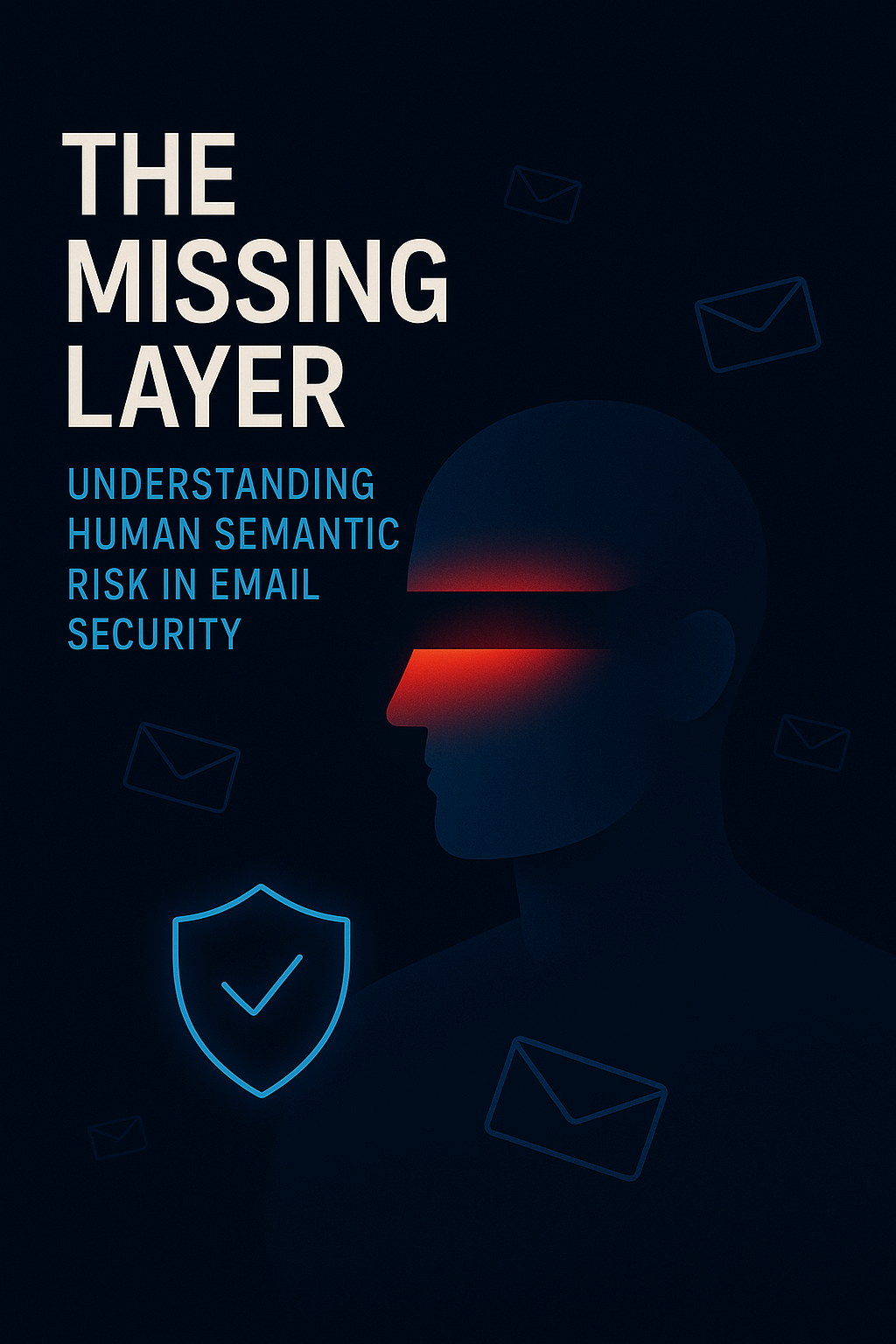
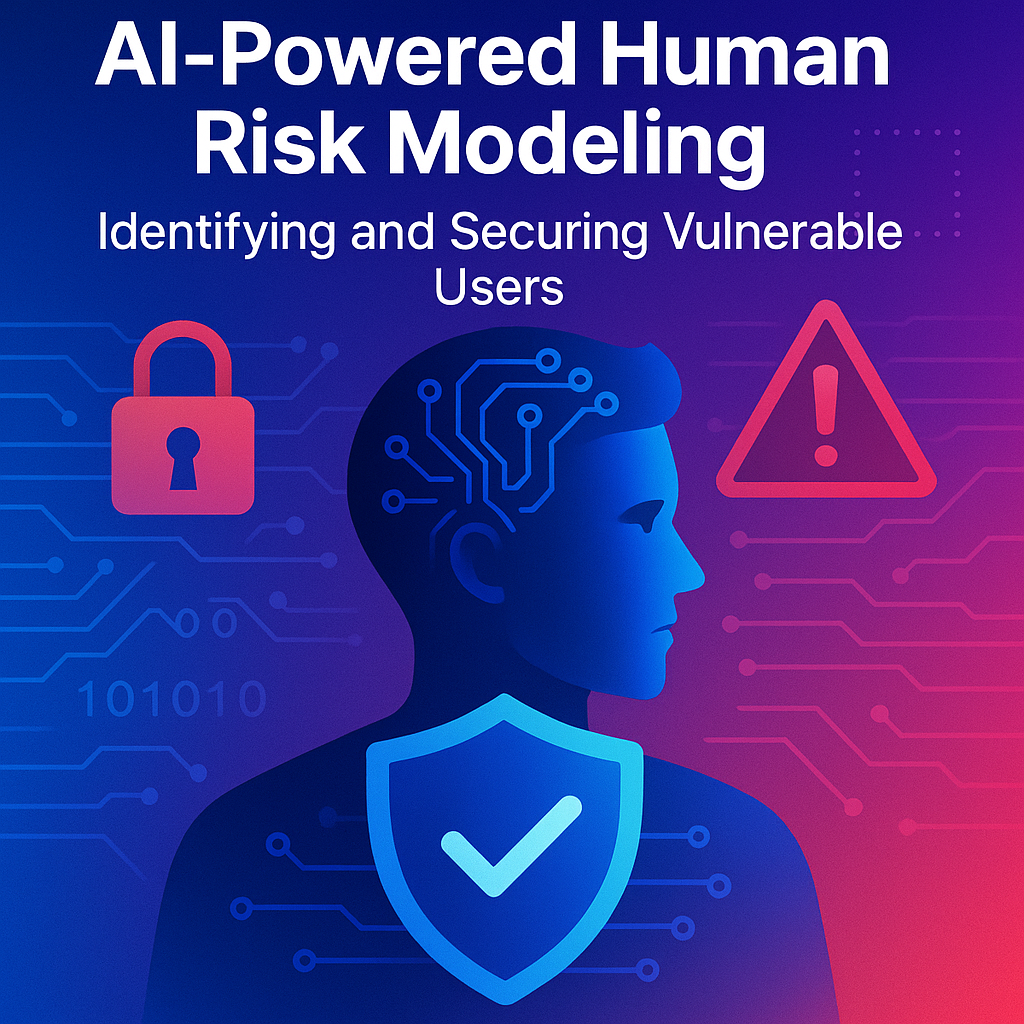
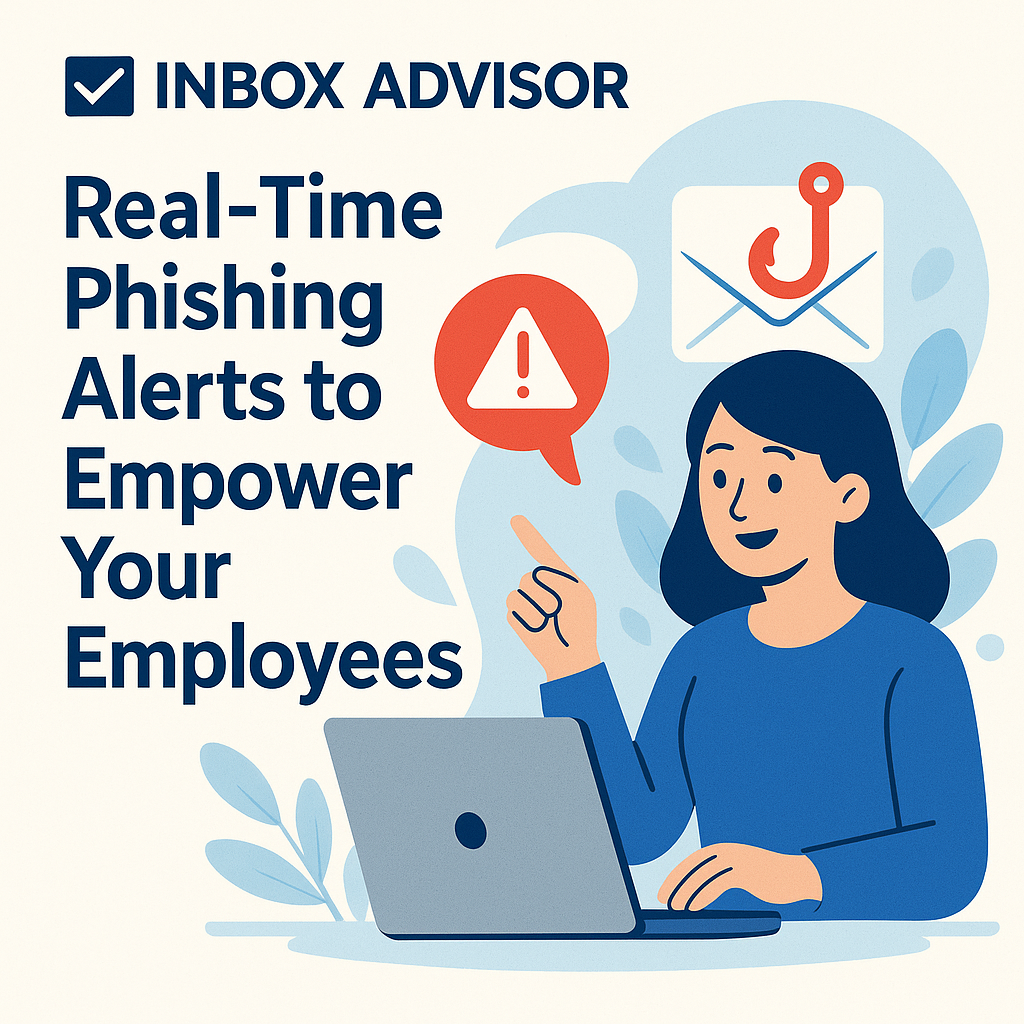



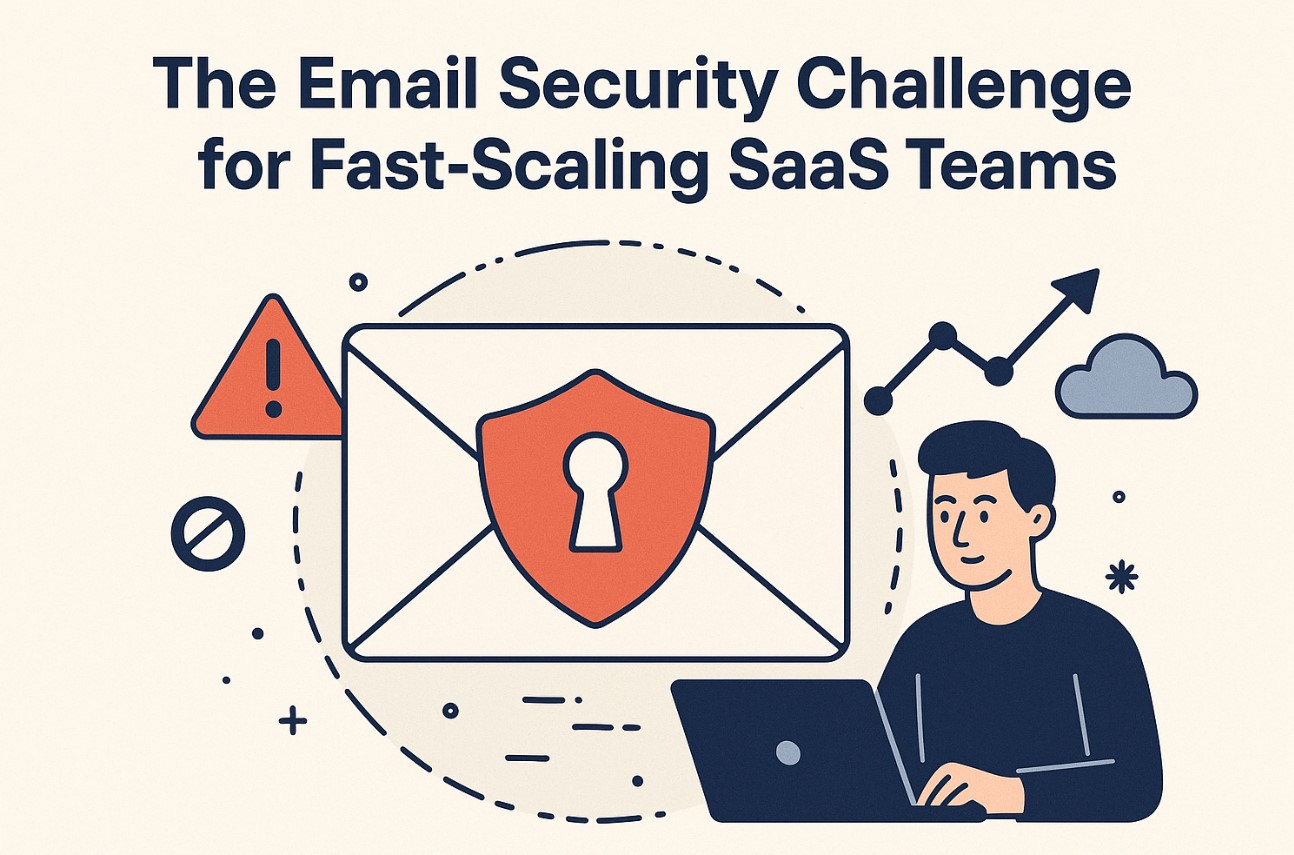
.png)


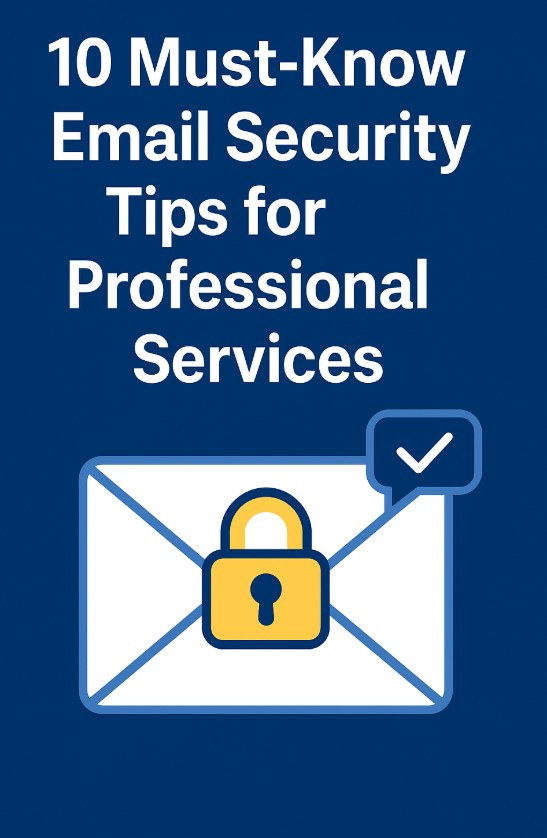

.png)
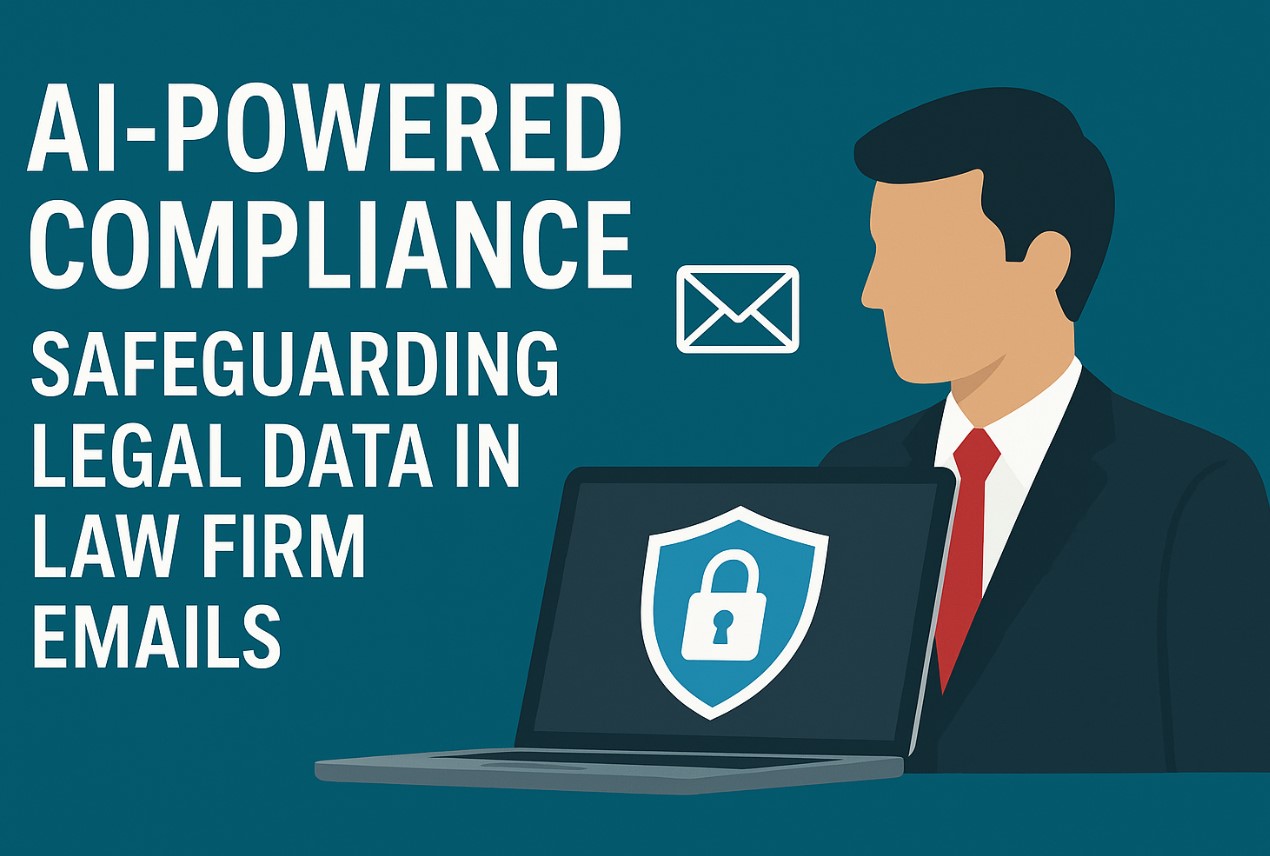
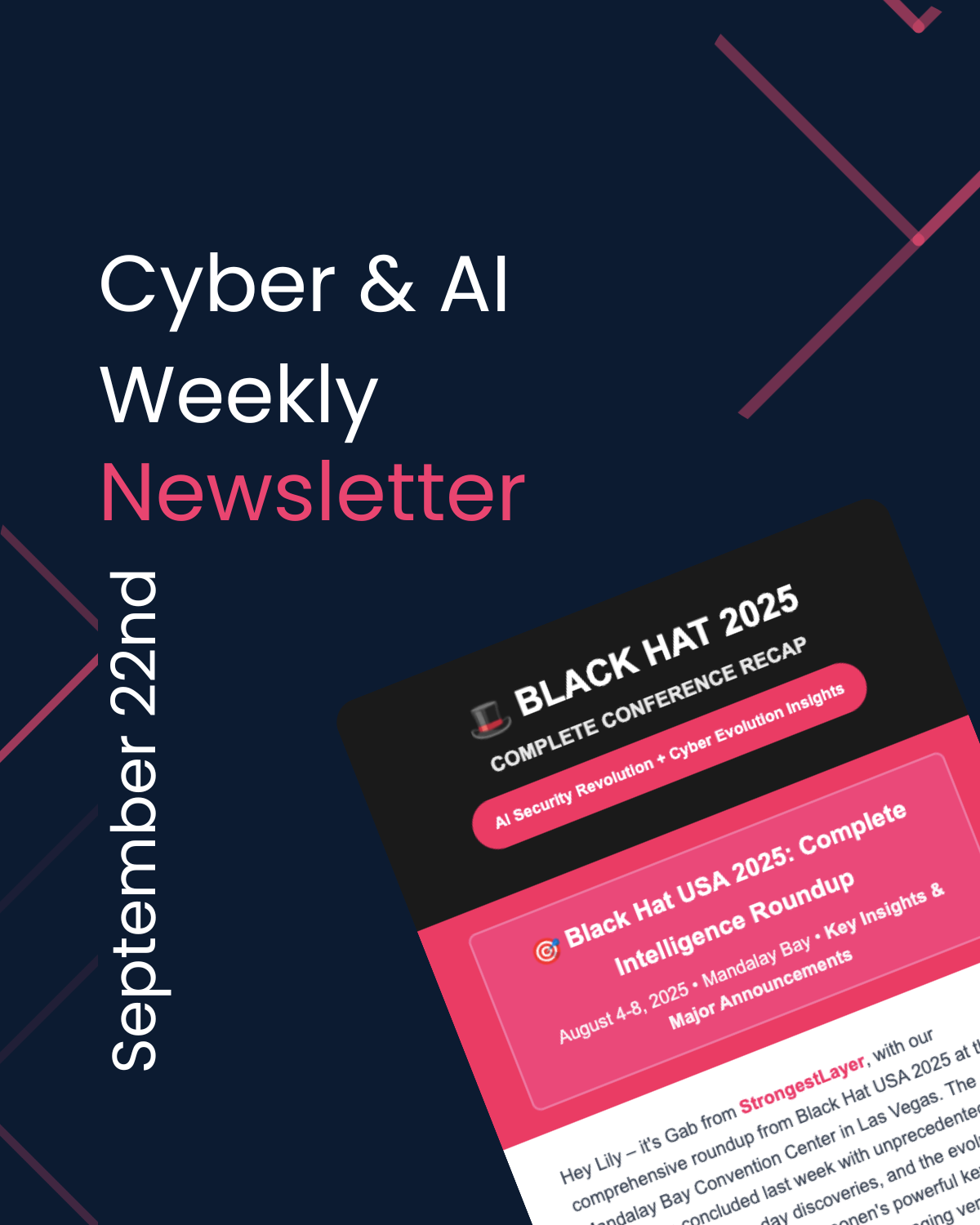
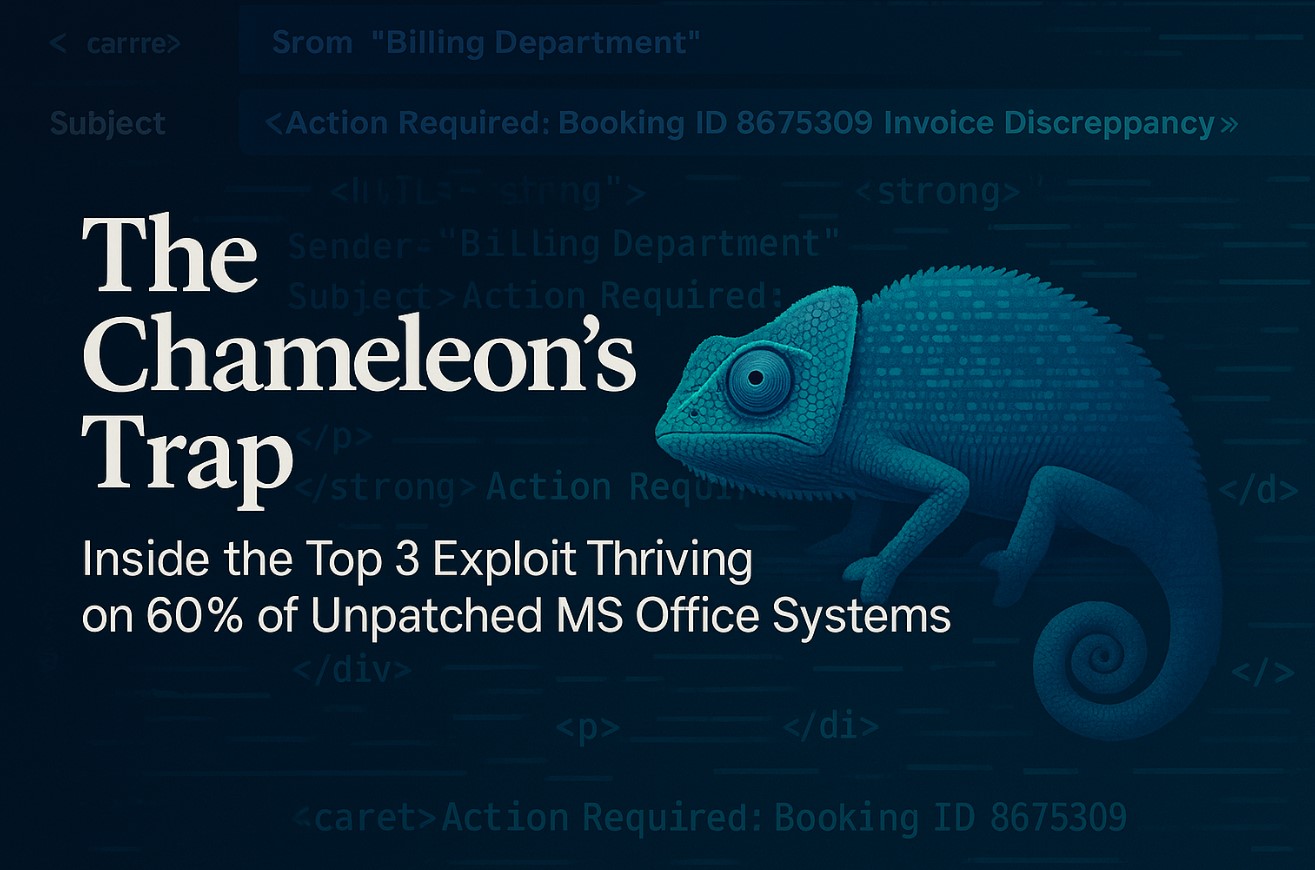

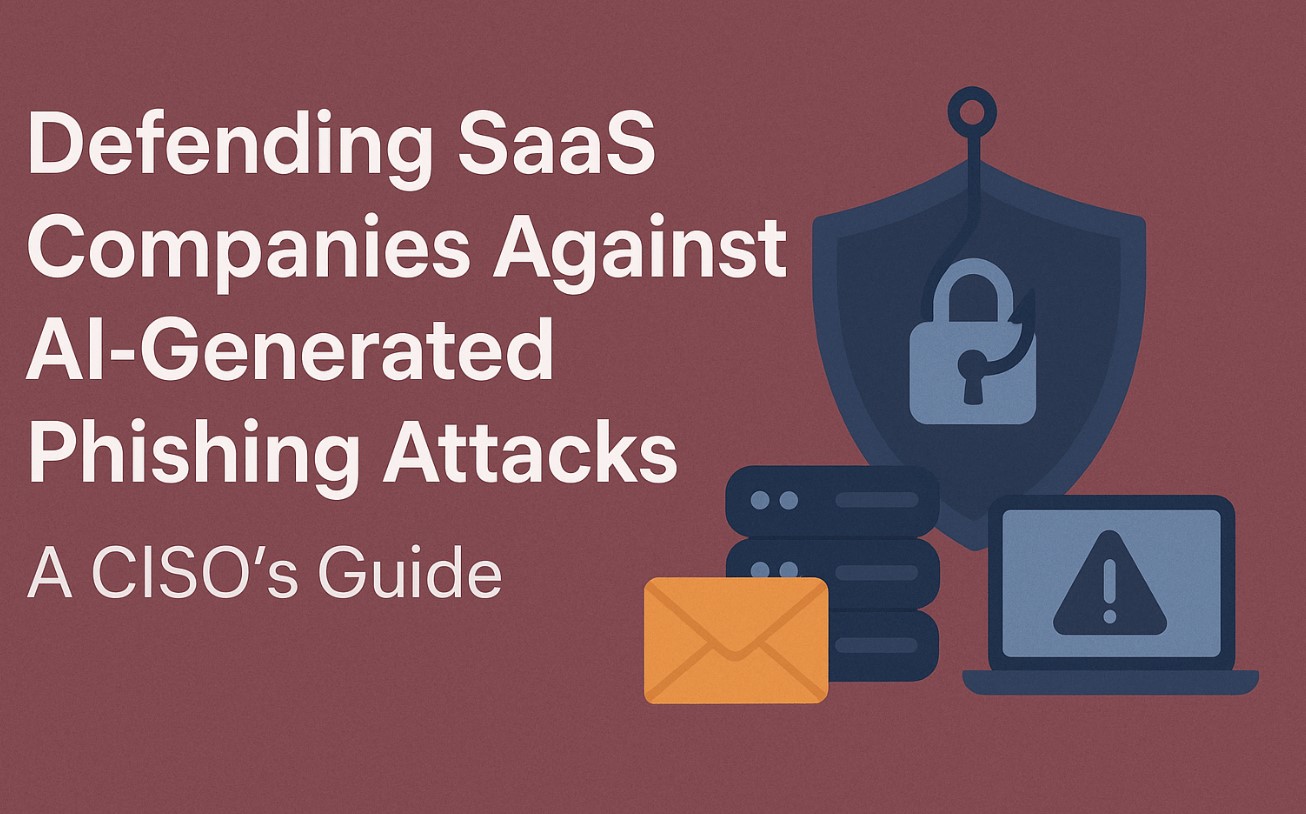


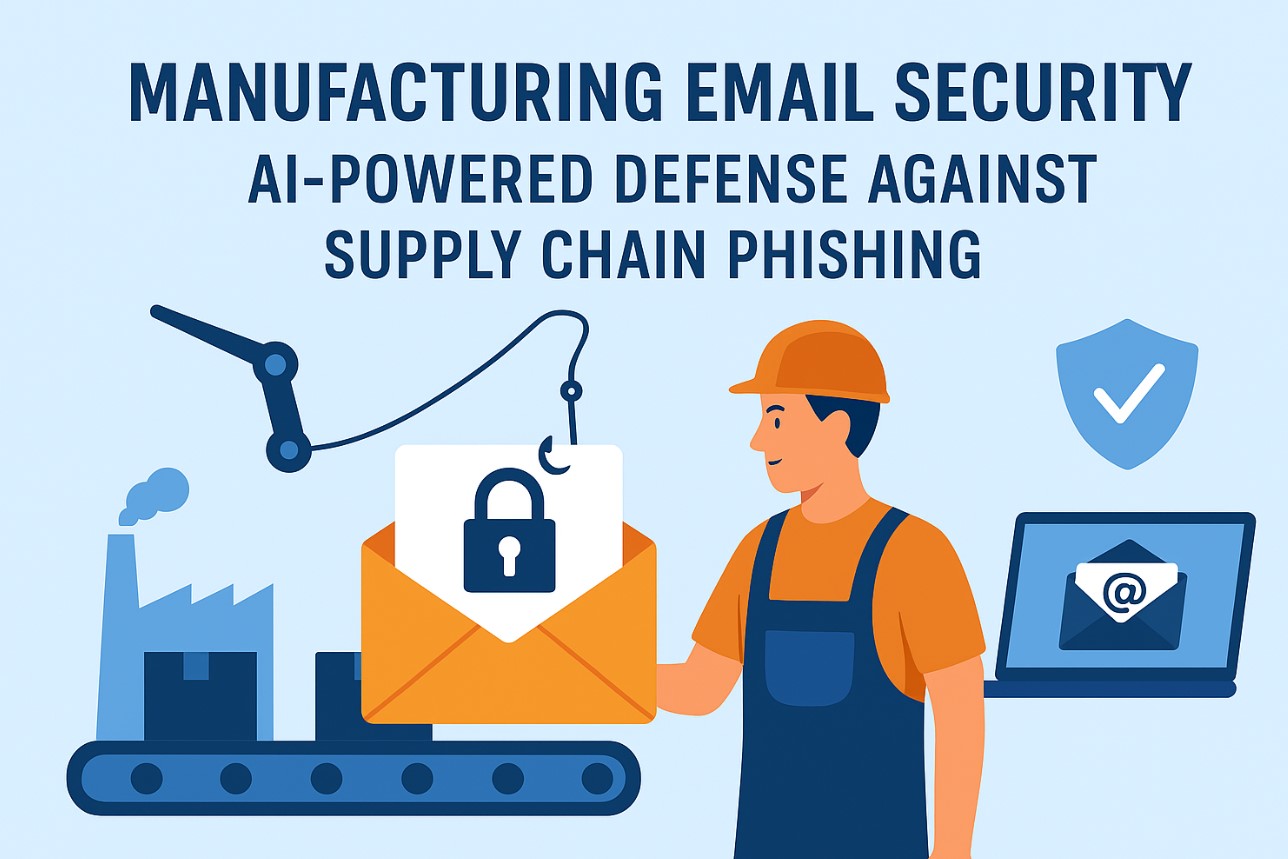
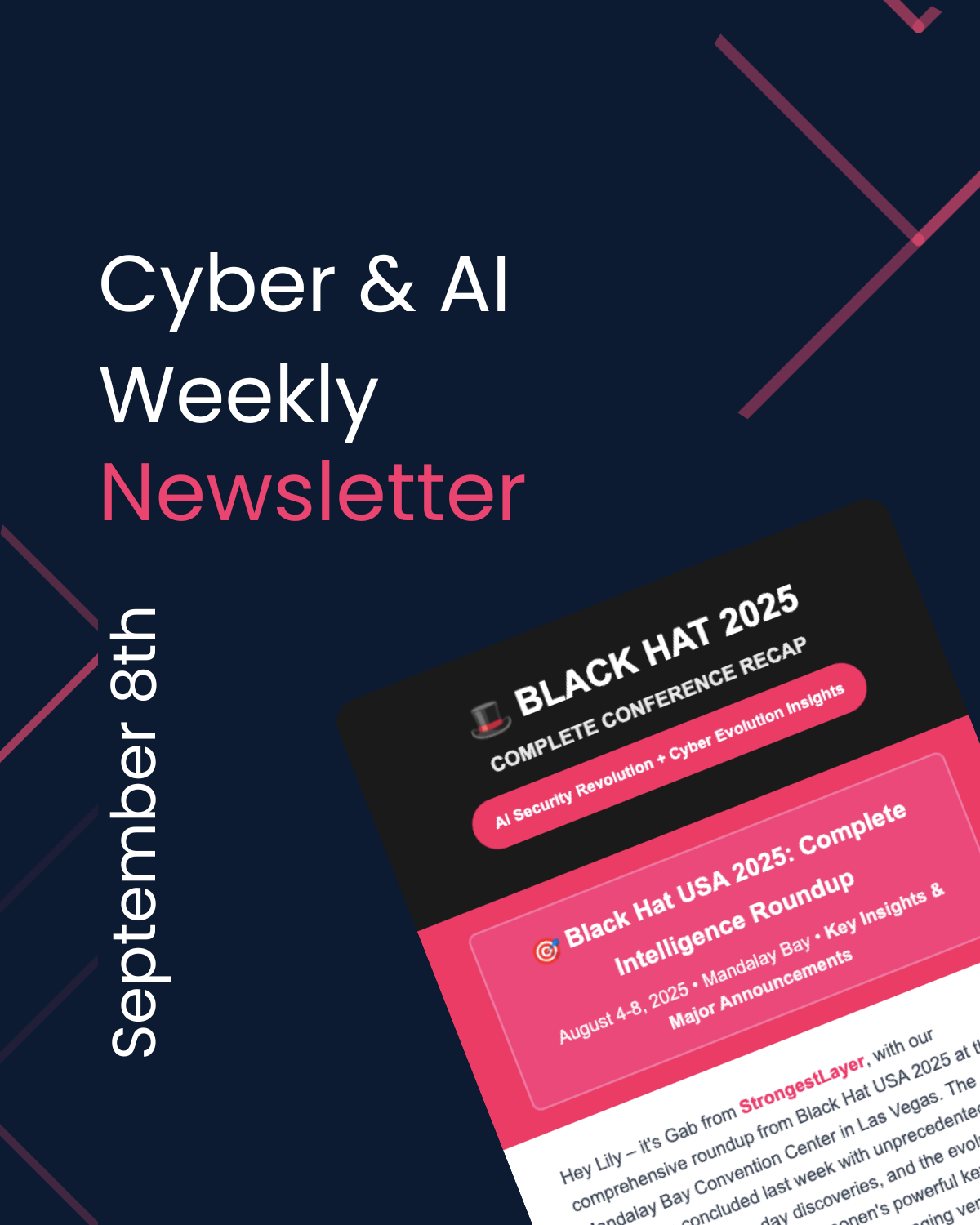
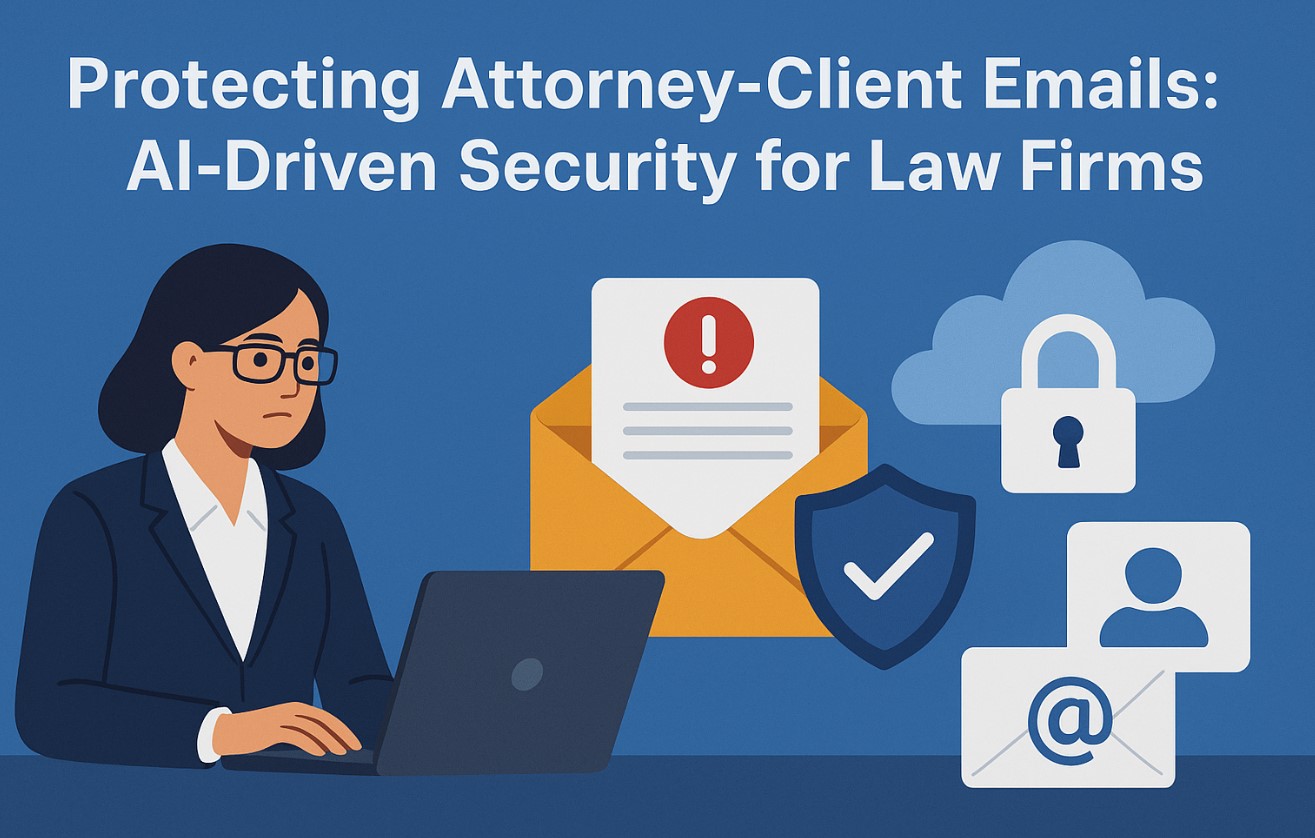

.png)

.png)
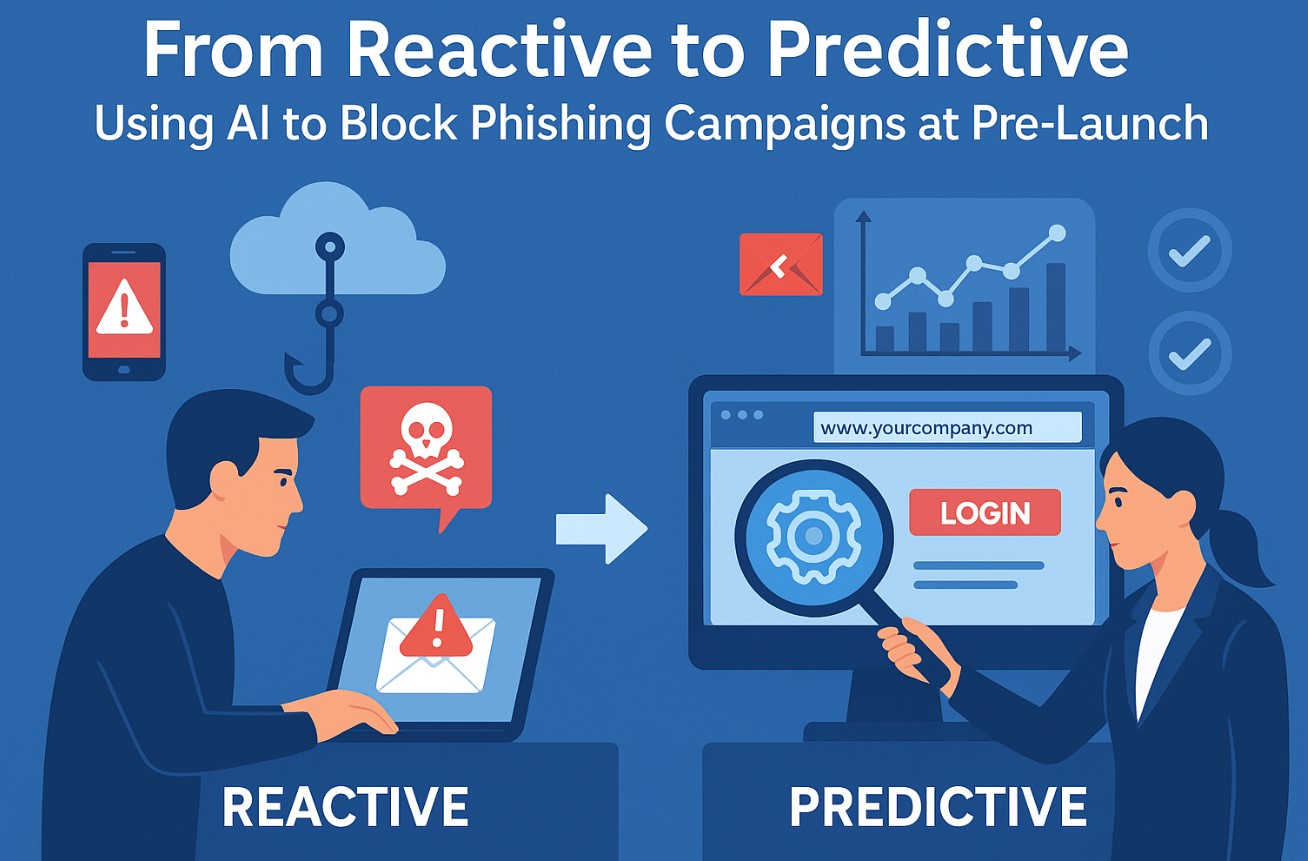


.png)
.jpg)
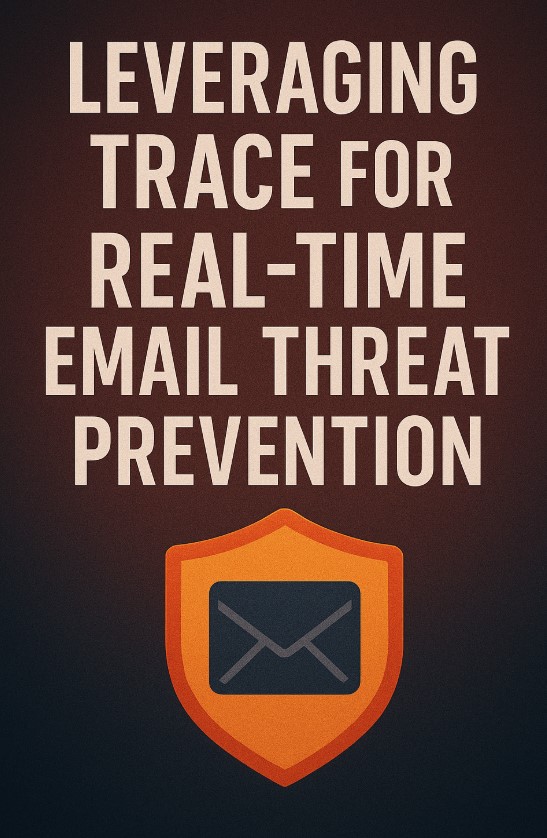
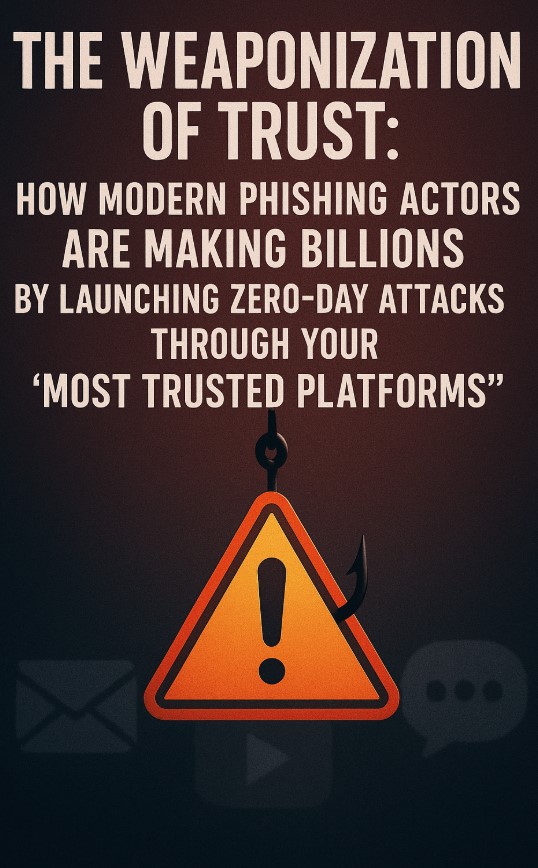
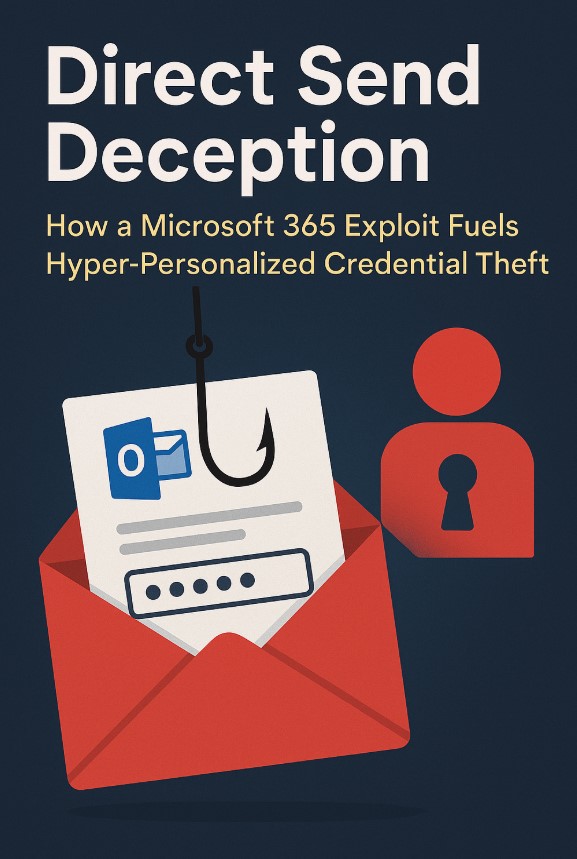
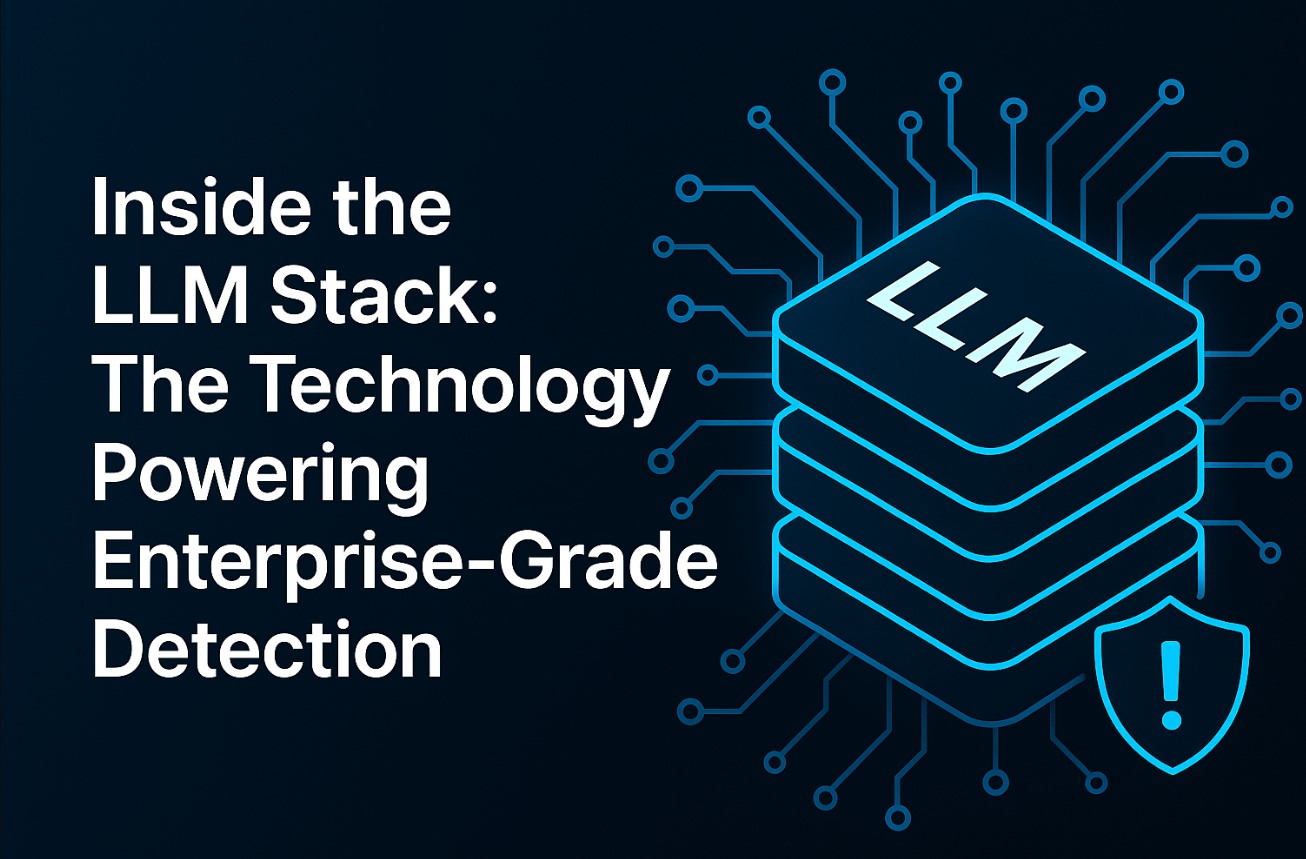
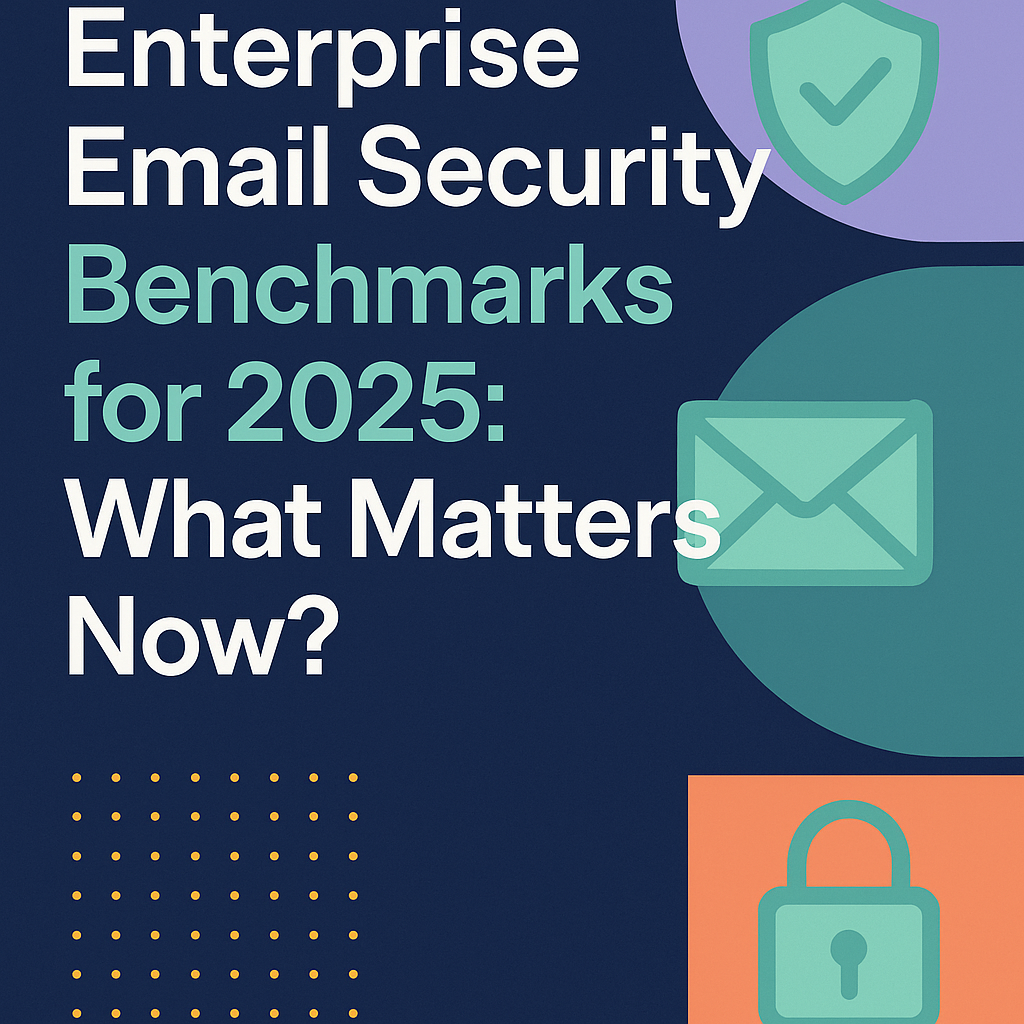
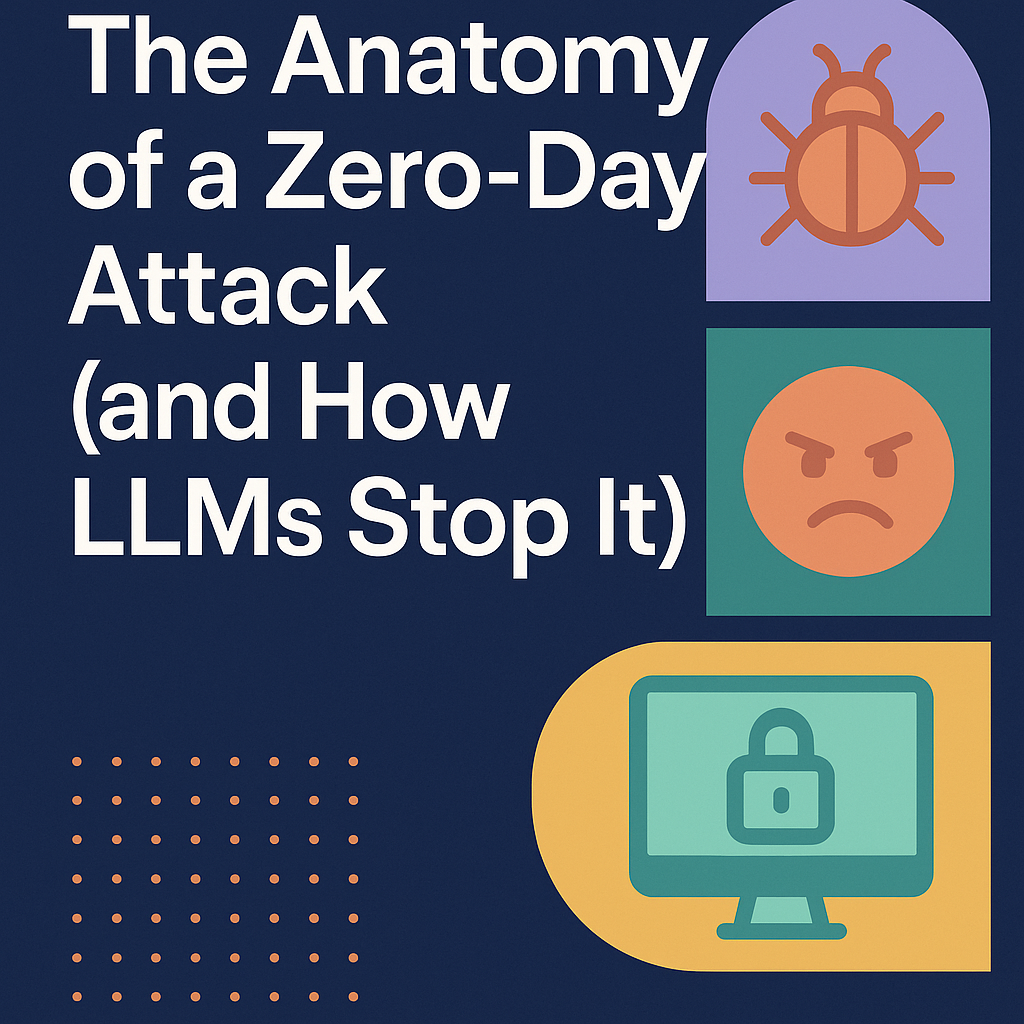
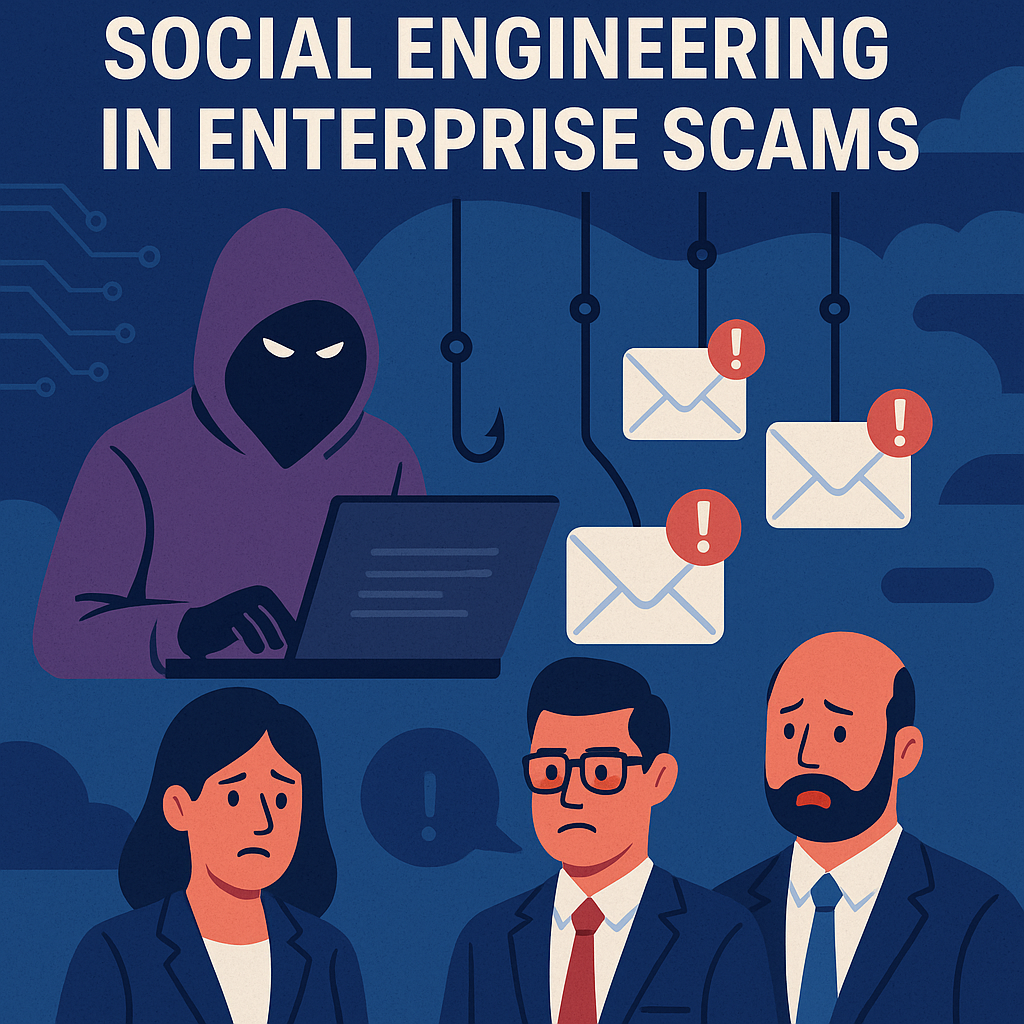
.png)







.png)































%20Attacks%20in%202025.jpg)









